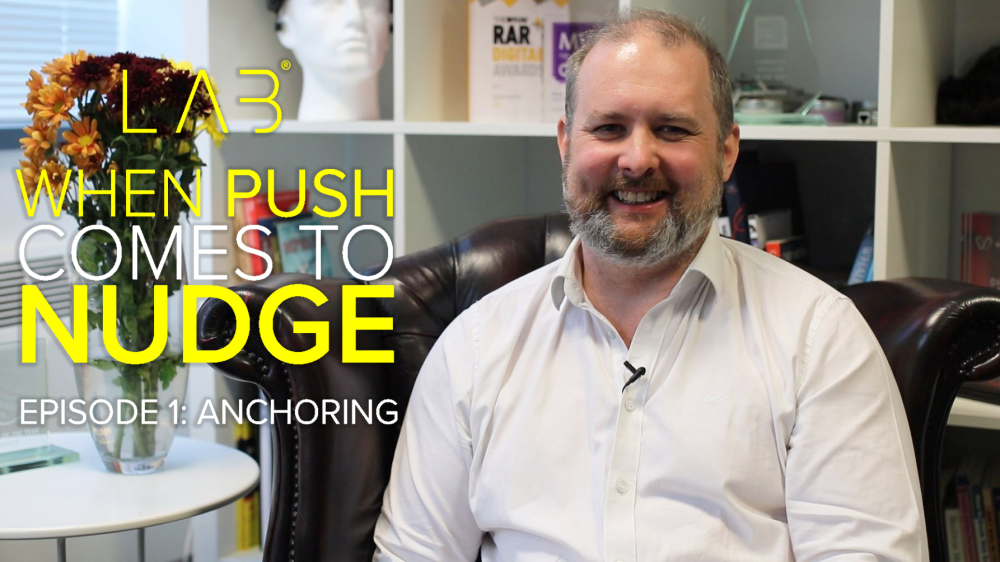Price means nothing on its own
12 Mar 2018

Let’s go on a quick adventure with our mind’s eye…
It’s a beautiful Sunday morning and you’re strolling down Oxford Street. It’s somehow not that busy (that is how you know this is an imaginary scenario…) and you walk into a lower-end retail shop. Let’s say it happens to be Primark; the first few tshirts you see cost around £10 - £15. As you keep walking through the store, you come across a shirt you really like, and as you look at the price you see the that it’s priced at £50. ‘For a shirt??’ you think. “Outrageous!”
You storm out of the shop, silently congratulating yourself for your great judgement and self-restraint. You keep walking in the purely fictional London sun and somehow end up on New Bond Street… and next thing you know, you’re surrounded by the most beautiful Chanel designs. You look around… £300 for a shirt, £1.5K for a bag… “£100 for a belt?? What a bargain!!” you think, as you happily head to the cashier…
What just happened?
This is a perfect example of a behavioural economics nudge called Anchoring - which, simply put, means that the first piece of information that we receive is the one on which we base our subsequent judgement.
Anchoring can be applied in a large array of domains, but for marketers the most apparent application is, of course, the pricing of services/products. If you can control the framing in which you state the pricing of your offering, you can intentionally put it in a much more advantageous light.
For example, let’s say I sell ice cream that I price at £10. Now, this price doesn’t really mean anything until I put it into a frame of reference. Let’s consider these two different frames:
-
Our ice cream is absolutely delicious, and only priced at £10! Come over and try it.
-
Our premium ice cream made after a secret Italian recipe that usually sells at £50 a cup is now available just down the street from you - and it’s only £10! Come over and try it.
Which one do you think is more likely to stimulate sales?
Our latest series, When Push Comes to Nudge, explores such easy tweaks that marketers can add to their repertoire. Watch the first episode in which Daryll explains Anchoring, here.

Please login to comment.
Comments